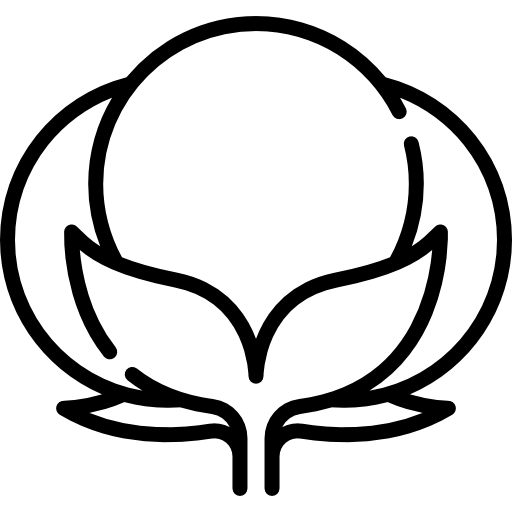In your efforts to support local bee populations and promote a thriving garden ecosystem, providing a bee-friendly water source is just as crucial as planting bee-friendly flowers. Bees require water for various reasons, including hydration, cooling the hive, and diluting honey for feeding larvae. In this guide, we'll explore why and how you can create an inviting water source for bees in your garden, ensuring their health and vitality.
Understanding Bee Hydration Needs
Bees, like all creatures, need water to survive and thrive. Beyond hydration, water plays a critical role in maintaining hive temperature and humidity levels. During hot weather, bees use water to cool the hive by evaporative cooling. In colder seasons, water helps regulate humidity, crucial for brood development and overall hive health. Signs of dehydration in bees include decreased activity, slower movement, and a decline in honey production.

Bee Colony Collapse in Summer Due to Lack of Water
One of the critical issues that can arise during the hot summer months is bee colony collapse due to a lack of water. Without sufficient water, bees cannot regulate the hive temperature effectively, leading to overheating and stress. This situation can result in the decline of the bee population within the hive, significantly impacting their productivity and survival. Providing a consistent and accessible water source is essential to prevent this collapse and ensure the health of your bee colonies during the summer.
Choosing the Right Bee Water Sources
When selecting a water source for bees, simplicity and accessibility are key. Shallow dishes or trays filled with water are excellent options, as they provide a safe landing spot for bees to drink without the risk of drowning. Bird baths with shallow edges or specially designed bee watering stations are also effective choices. Ensure the water source is placed in a sunny, sheltered spot to keep it warm and easily accessible throughout the day.
DIY Bee Waterer Projects
Creating your own DIY bee waterer can be a rewarding project that adds a personal touch to your garden while benefiting local bee populations. Here’s a simple guide to get you started:
Materials Needed:
- Shallow dish or tray (ceramic or plastic)
- Pebbles or rocks for perching
- Fresh water
Instructions for Assembly:
- Choose a Location: Select a spot in your garden that receives sunlight for at least part of the day.
- Prepare the Dish: Fill your shallow dish or tray with fresh water. Add pebbles or rocks to create perching spots for bees.
- Maintain the Water Level: Regularly check and refill the water to ensure bees always have access to clean water.
- Attract Bees: Surround the water source with bee-friendly plants to attract bees to the area.
Ensuring Safe Water for Bees
The quality of water you provide is as important as the source itself. Bees are sensitive to chemicals and contaminants, so it’s crucial to use clean, chemical-free water. Avoid placing the water source near areas treated with pesticides or herbicides, as these can harm bees and contaminate their water supply. Natural methods, such as rainwater collection or using a water filter, can help maintain water quality.
Attracting Bees to Your Garden Water Source
To maximize the effectiveness of your bee water source, consider planting bee-friendly flowers and herbs nearby. Bees are attracted to vibrant colors like purple, blue, and yellow, so include plants such as lavender, borage, and sunflowers. Create a diverse garden with blooms that provide nectar and pollen throughout the seasons, ensuring a continuous food and water supply for bees.
Monitoring and Maintaining Your Bee Water Source
Regular maintenance is essential to keep your bee water source effective and appealing to bees. Here are some tips:
Cleanliness:
Clean the water dish regularly to prevent algae buildup and contamination.
Refilling:
Check the water level daily, especially during hot weather when evaporation rates are higher.
Seasonal Adjustments:
Adjust the location and maintenance of your water source according to seasonal changes in weather and bee activity.

Beekeeping Suits and Beekeeping Gloves by OZ Armour
At OZ Armour, we are dedicated to providing beekeepers with top-quality beekeeper suits and beekeeping equipments to ensure their safety and comfort. Our range of beekeeping suits ,Beekeeping Jackets, Beekeeping Veils and beekeeping gloves is designed with meticulous attention to detail, featuring breathable fabrics and durable materials that offer protection from stings while maintaining flexibility and ease of movement. Whether you're creating a bee-friendly water source or conducting hive inspections, OZ Armour's gear is crafted to meet the needs of both seasoned beekeepers and beginners. With our equipment, you can confidently and safely engage in your beekeeping activities, supporting the health and productivity of your bees.
Conclusion
Creating a bee-friendly water source in your garden isn't just about supporting local bee populations—it's about nurturing a balanced ecosystem where bees thrive. By understanding their hydration needs and providing a suitable water source, you contribute to their health and productivity. Remember, simplicity and cleanliness are key in maintaining the water source, and integrating bee-friendly plants enhances its appeal. At OZ Armour, our commitment to quality beekeeping suits and gloves ensures you can engage with bees safely and comfortably. Embrace these practices, and enjoy the buzzing activity and pollination benefits that come with a bee-friendly garden.
Want to learn more? Read more blogs about beekeeping and explore high-quality protective gear from OZ Armour, including jackets, suits, gloves, veils, trousers, kids’ suits, and ankle protection.












